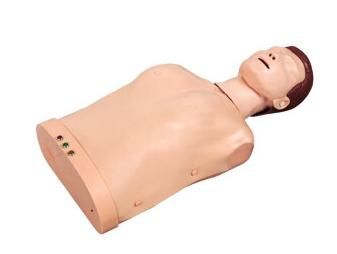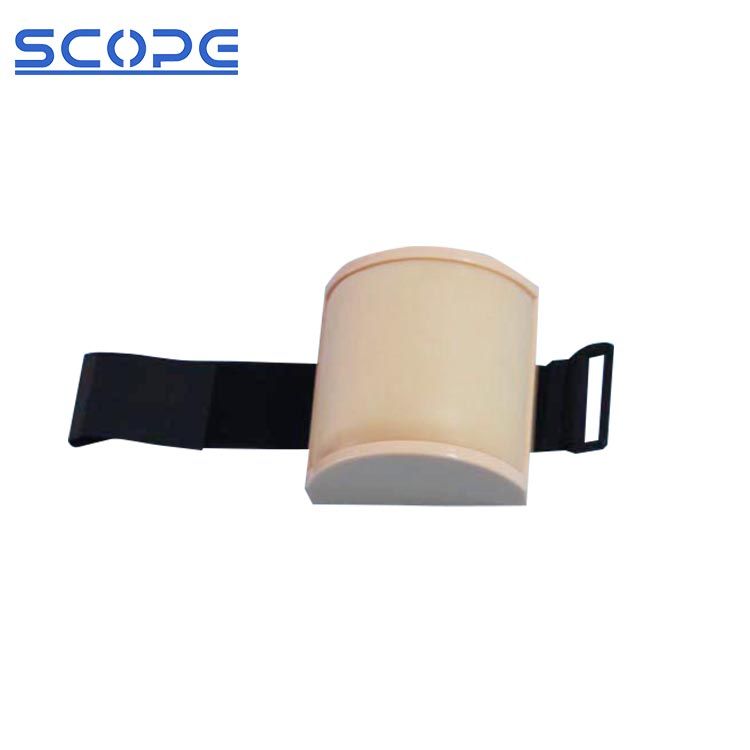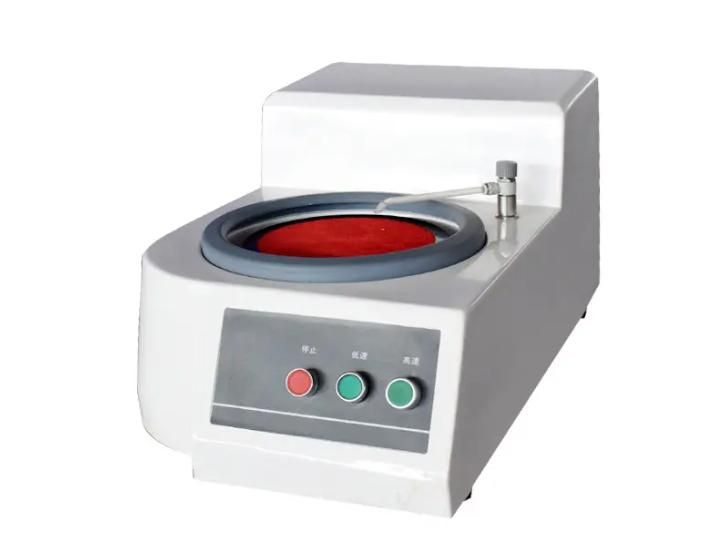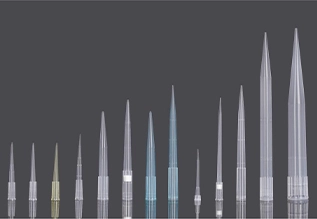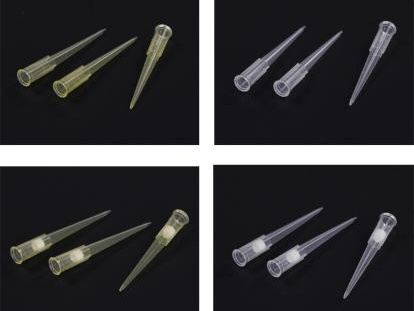This website uses cookies so that we can provide you with the best user experience possible. Cookie information is stored in your browser and performs functions such as recognising you when you return to our website and helping our team to understand which sections of the website you find most interesting and useful.
In emergency situations, every second counts. When someone experiences cardiac arrest, immediate CPR can significantly increase their chances of survival. However, administering CPR can expose the rescuer to potential health risks, including exposure to bloodborne pathogens. To mitigate these risks, CPR face shields have become an essential tool in emergency response. These protective barriers allow rescuers…
CPR simulators will give you realistic scenarios to hone life-saving skills. To ensure their optimal performance and longevity, proper maintenance is crucial. Additionally, when the time comes to retire a simulator, it’s essential to dispose of it responsibly and environmentally. This article delves into the best practices for maintaining CPR simulators, from daily care to…
Mastering the art of administering injections is a skill for healthcare professionals to ensure optimal patient care and minimize discomfort, it’s essential to practice and perfect your technique. Injection training pads offer a safe and effective way to hone your skills without risking patient harm. Choose a multifunctional intramuscular injection training module mainly made of imported PVC…
Cardiopulmonary resuscitation (CPR) is a time-critical intervention that can significantly improve survival rates for victims of sudden cardiac arrest. As a foundational component of emergency medical services, CPR empowers individuals to respond effectively to these life-threatening events. However, traditional CPR training methods, often limited to didactic lectures and basic mannequin practice, may not adequately prepare…
Medical and nursing education require more than just theoretical knowledge—hands-on practice is essential for developing clinical skills. While traditional methods like textbooks and lectures provide a strong foundation, they often fall short in replicating the dynamic and unpredictable nature of real-world patient care. Patient care manikins have revolutionized the way medical and nursing students train, offering…
Emergency Medical Services (EMS) providers play a critical role in saving lives by providing immediate medical care in pre-hospital settings. Effective training is essential for EMS personnel to develop the skills and knowledge necessary to handle a wide range of medical emergencies. EMS training manikins have become indispensable tools in simulating real-life scenarios and providing hands-on…
Metallographic polishing machines are indispensable tools for preparing metal samples for microscopic examination. By creating smooth, flat surfaces, these machines enable researchers and engineers to analyze the microstructure of metals and alloys, revealing critical information about their composition, properties, and defects. There is a guide that explores the various types of metallographic polishing machines, their working…
Conical flasks, commonly known as Erlenmeyer flasks, are a staple in laboratories around the world. With their distinctive triangular shape and wide base, these flasks are indispensable for mixing, heating, and storing chemical solutions. However, choosing the right conical flask for your laboratory is not always straightforward. Various factors such as material, size, and design…
Laboratory Erlenmeyer flasks, with their distinctive conical shape and wide base, are ubiquitous in scientific research. While the flask itself is a familiar sight, the choice of closure can significantly impact its performance and safety. In recent years, screw caps have emerged as the preferred closure for Erlenmeyer flasks, offering a host of advantages over…
Pipette tips are essential tools in laboratories, used for precise and accurate transfer of liquids. Selecting the right pipette tip material is crucial to prevent contamination, ensure proper liquid handling, and maintain the integrity of experiments. Here we will explore the factors to consider when choosing pipette tip materials and provide insights into the different types…
Filter pipette tips have become an indispensable tool in modern laboratories, offering significant advantages over standard pipette tips in terms of contamination prevention, accuracy, and efficiency. By incorporating a porous filter at the tip, filter pipette tips effectively trap aerosols and droplets, minimizing the risk of cross-contamination and protecting sensitive samples. This article by pipette tips…
Laboratory consumables are essential supplies used in various scientific research and diagnostic procedures. These items range from basic glassware to specialized equipment and reagents. In this article, we will explore the consumable needs of three common laboratory types: chemistry, microbiology, and medical labs. Chemistry Lab Consumables In chemistry labs, where experiments often involve reactions between different…
2019 Chongqing Scope Instrument Co., Ltd. All Rights Reserved

